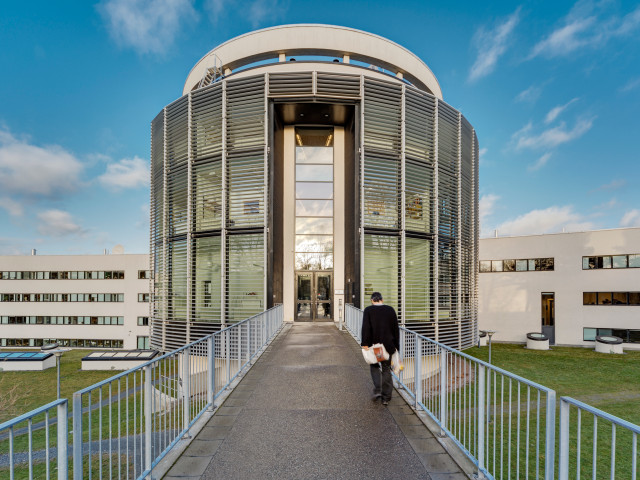Green-house effect. Pollutants in air and water. Global warming, the Ozone layer, Climate changes, Energy from fissile fuel, Nuclear power, Fusion-fission, Tokamak, Laser fusion, Transport of pollutants, , Analytical methods; LIDAR, DOAS, Trace detection, radioactivity, LIBS-laser analysis of materials,Remote sensing and satellites.
SK182N Internet course: Environmental Science. Physics and Applications 6.0 credits
This course has been discontinued.
Last planned examination: Autumn 2016
Decision to discontinue this course:
No information inserted
Content and learning outcomes
Course contents
Intended learning outcomes
The course will give knowledge about the Green-house effect and the solar energy. The course also shows how man affects the environment and how and why the temperature of the Earth is increasing and how the sea leves rize. The student will after the course be able to:
- solve problems regarding the Green-house effec, Global warming and the solar radiation
- explain and to be able to perform calculations on radioactivity, fission and fusion of nuclei
- to follow pollutants transport in the atmosphere. and to do calculations on the ozone layer and how other molecules affects ozone
- discuss physical models within trace-detection
- discuss modern applications within remote sensing, LIDAR, DOAS, LIBS and other recent research on the environment.
Literature and preparations
Specific prerequisites
-
Completed upper secondary education including documented proficiency in Swedish corresponding to Swedish 3/Swedish B and English corresponding to English 6/English A . Specific requirements: knowledge of Mathematics corresponding to Mathematics 3C/D, Physics corresponding to Physics 2/B and Chemistry corresponding to Chemistry 1/A is required.
Recommended prerequisites
Mathematical knowledge corresponding to basic courses in algebra and analysis (derivates, integrals and differential equations)
Equipment
Literature
Miljövetenskap/EnvironmentalScience. Internetlärobok 2008. Lars-Erik Berg
http://kurslab.physics.kth.se/~berg/Envir.htm
Examination and completion
If the course is discontinued, students may request to be examined during the following two academic years.
Grading scale
Examination
- TEN1 - Examination, 3.0 credits, grading scale: A, B, C, D, E, FX, F
- TEN2 - Examination, 3.0 credits, grading scale: A, B, C, D, E, FX, F
Based on recommendation from KTH’s coordinator for disabilities, the examiner will decide how to adapt an examination for students with documented disability.
The examiner may apply another examination format when re-examining individual students.
Exams on the internet
Other requirements for final grade
Two written exams (TEN1; 3 hp, grading scale A-F), (TEN2; 3 hp, grading scale A-F).
Opportunity to complete the requirements via supplementary examination
Opportunity to raise an approved grade via renewed examination
Examiner
Ethical approach
- All members of a group are responsible for the group's work.
- In any assessment, every student shall honestly disclose any help received and sources used.
- In an oral assessment, every student shall be able to present and answer questions about the entire assignment and solution.